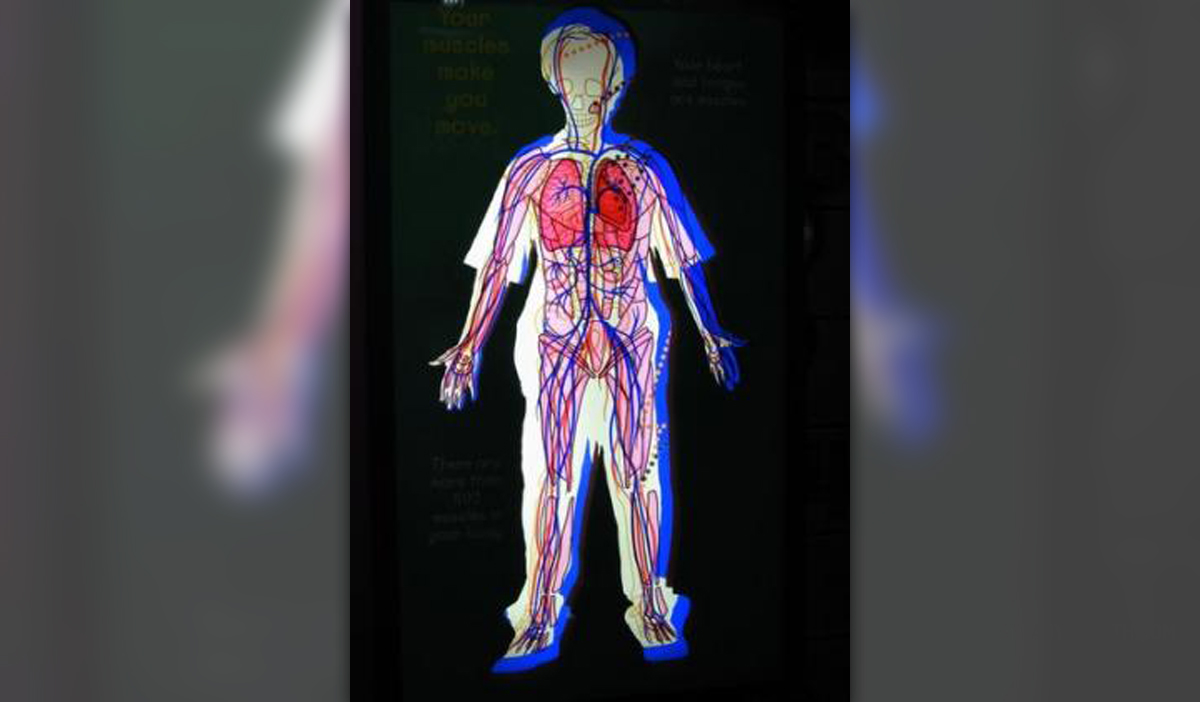
Circulatory system
The human body is consisted of many systems that form vast networks that spread throughout the body. One of the vital systems is the circulatory system. It is also called cardiovascular system and it is comprised of the heart, blood vessels or channels, and the blood.
The most important organ in the circulatory system is certainly the heart. It has the role to pump the blood through the blood vessels to the cells and tissues that are in the whole body. The heart is a muscle that is divided into four chambers. There are two smaller upper chambers called atria, so there are left atrium and right atrium. The two bigger lower heart chambers are called ventricles, so there are left ventricle and right ventricle. All these chambers are linked with valves. The blood rich in carbon dioxide is brought to the right atrium by the means of two veins. On the other side, in the left atrium is blood rich in oxygen, which is brought from the lungs through the pulmonary veins. This blood rich in oxygen is then pumped into the larges blood vessel called aorta and then into arteries and arterioles.
The blood vessels form an immense network in the body. There are several types of blood vessels, such as aorta, the biggest one, arteries, arterioles, veins and capillaries. Arteries and arterioles are the blood vessels that carry the blood that is oxygenated from the heart to the different parts of the body, while the veins and capillaries brings the blood rich in carbon dioxide back to the heart. The blood exerts certain pressure on the walls of the blood vessel. It is called blood pressure and the normal blood pressure is considered to be 120/80 mm Hg. The upper number represents systolic blood pressure when the heart beats, while the lower number represents diastolic blood pressure when the heart is relaxed.
Circulatory system functioning
The main role of the circulatory system is to supply the cells and tissues in the body with blood rich in oxygen and nutrients. Cardiovascular system can be divided into two sections. There are systemic circulation and pulmonary circulation. In the systemic circulation, the cells and tissues throughout the body are supplied with the blood that carries oxygen from the heart, while the carbon dioxide from the cells is brought back to the heart. In pulmonary circulation, the pulmonary arteries from the heart bring the deoxygenated blood to the lungs, while the pulmonary veins bring the oxygenated blood from the lungs to the heart.




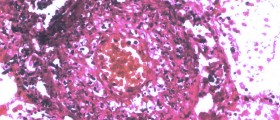


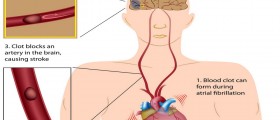

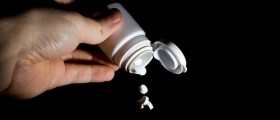


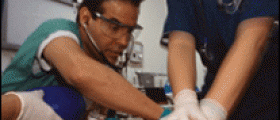

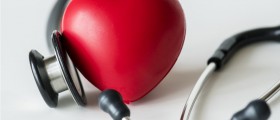

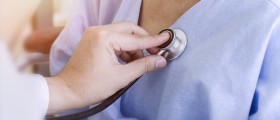
Your thoughts on this
Loading...